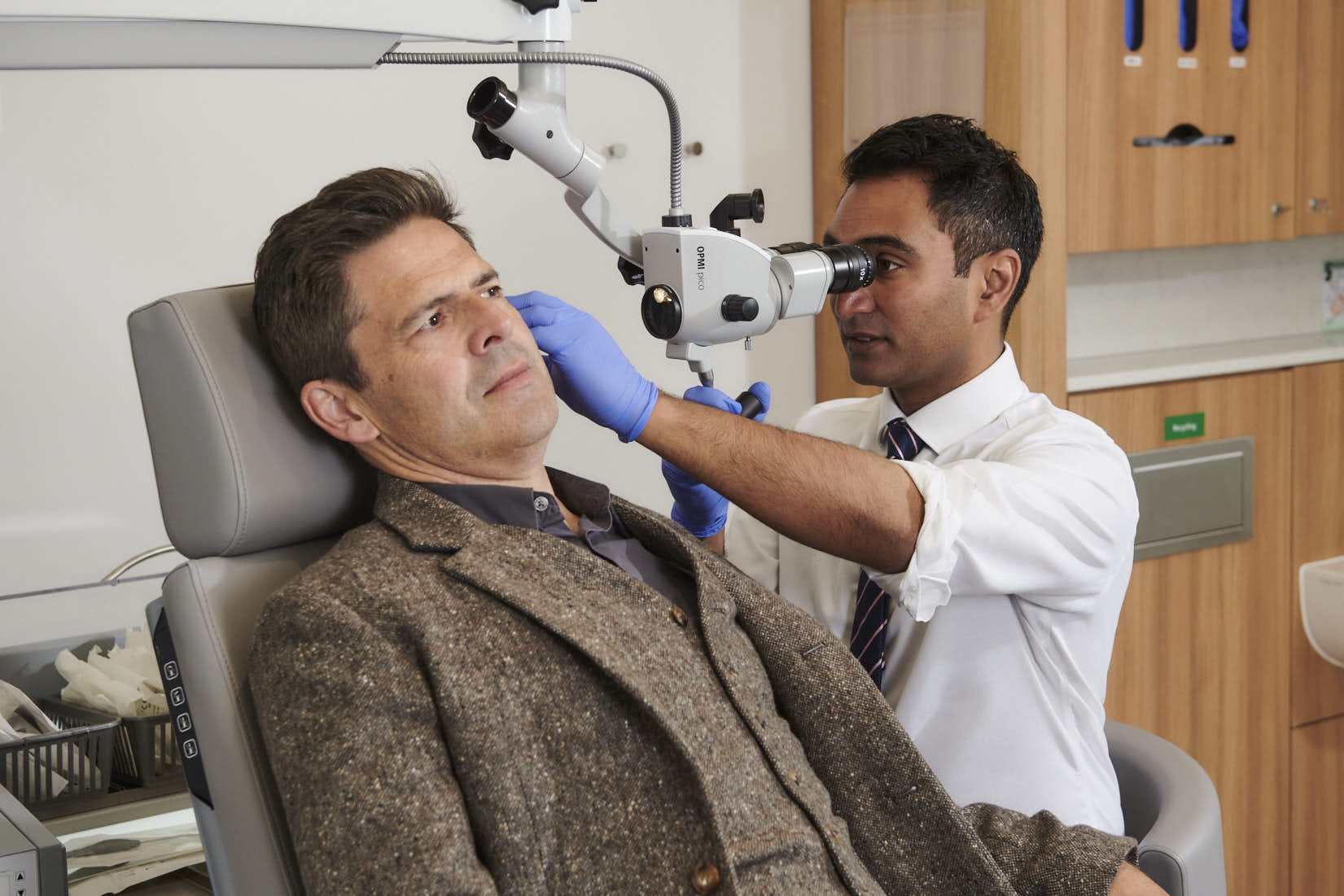Before carrying out your surgery, your consultant will discuss your medical history with you, to include, but not limited to, any medications you are taking, allergies, smoking habits and previous surgeries you may have had. It is also possible to create a computer simulation of your ears to show what you can expect from the results of the surgery.
This procedure is usually carried out under general anaesthetic, although in adults it can also be done with local anaesthetic.
Your surgeon will make a cut on the back of your ear to allow them to make the agreed rearrangements or removal of the cartilage, soft tissue and skin of the ear. They may also use stitches to achieve the shape required. The original incision will be closed with stitches, which will either need to be removed at a later date or, if they are dissolvable stitches, they will fall out by themselves.
If your operation requires alterations to both of your ears, your surgeon will then take measurements of the first ear to use as guidelines for completing the procedure on the second ear.
Usually you will have a bandage wrapped around your head after your surgery, to apply pressure to your ears and reduce the risk of blood collecting under the skin. This will be removed at your surgeon’s discretion, at any time from the day after to a week after your surgery, and you may be given a headband to replace it. You may also be given an ointment to apply to the area surrounding the cuts to your skin.






